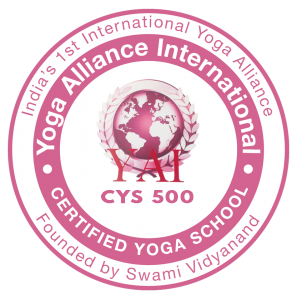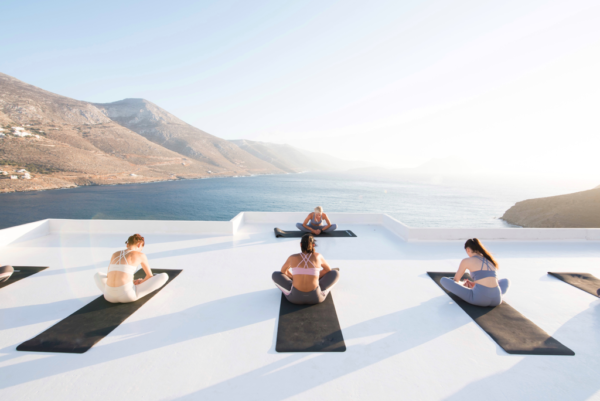Information


As the sister science of yoga, Ayurveda is based on 3 different constitutions (doshas) which determine a person’s individual nature (physically, mentally and emotionally). The three doshas are Vata, Pitta and Kapha and each one is represented by 2 of the 5 universal elements. As yoga and Ayurveda go together, below are the style of asana practice suited best for each dosha. This is based on the qualities of each dosha and of course, in my opinion as an Ayurvedic practitioner and yoga teacher.
Vata dosha people tend to be the most energetic out of the three (when in balance). This dosha is represented by the elements of air and space, which signify movement and constant change. Based on these elements, Vata dosha individuals tend to experience the qualities of cold and dryness often, so they need warmth and nurturing. Always on the go and rarely sticking with a routine, Vata dosha people would benefit from a hot style vinyasa practice, where they can sweat and use their excess energy in a harmonious way. Due to the dry quality of this dosha, Vata predominant people rarely sweat so heating style practices will help to do so and eliminate some of the dryness. An Iyengar style practice would also be suited because this type of asana class focuses of structure and steadiness, qualities which Vata dosha individuals can learn to cultivate. When out of balance (excess Vata), a yin or restorative style practice would benefit Vata, especially to calm the nervous system, because Vatas tend to overthink and worry a lot. Vatas also benefit from a daily meditation practice, particularly Trataka (steady gazing) which helps one to steady the mind and focus; Nadi shodhana breathing can also be practice to bring balance in the body and mind.
The Pittas are in general the most disciplined and organised out of the three doshas. Pitta is represented by the elements of fire and water (mostly fire), therefore their qualities are hot, reactive and strength/power. Pitta predominant dosha individuals take everything they do very seriously and they like structure & routine. An Ashtanga Vinyasa practice suits Pittas as it is a repetitive style of practice, strict, strong, vigorous and precise. Pittas also tend to gravitate towards strong Vinyasa flows and power yoga asana practices, although they don’t enjoy the heat because they already have the fire element predominant. When out of balance (in excess), Pitta dosha individuals would benefit from a yin yoga style practice because they are known workaholics and tend to be very hard on themselves. So a yin practice will bring balance from all the yang energy they have, calm their mind and bring approach themselves more gently. Nadi shodhana pranayama can also benefit Pittas to always keep the dual energies in harmony (the masculine and feminine).
Kapha dosha is represented by the elements of water and earth, which hold characteristics of heavy, strong, steady and moist. Kapha predominant dosha people tend to be more calm out of the three, and slow in getting started with anything. But once they do, they stick to it and are very good at everything they do. A traditional hatha yoga style asana practice is well suited for Kaphas because it is not too dynamic or too slow; it is also precise and consistent which which will help Kaphas to stick with it. An Iyengar style practice is also suited and even a Vinyasa type asana class, although not too strong and dynamic. When out of balance (in excess) Kaphas can benefit again from a traditional hatha practice. Because their qualities are heavy and slow, they can become lazy and stuck when in excess of Kapha. So some form of energising movement is required. Pranayama practices such as Bhastrika and Kapalabhati can also bring more heat to Kapha, create more prana movement and energise their body and mind.
To find out your predominant dosha, click here.